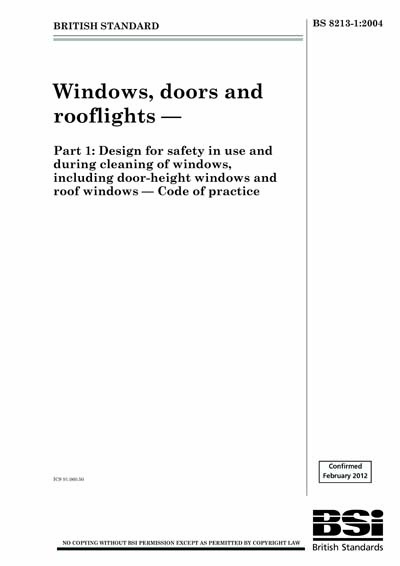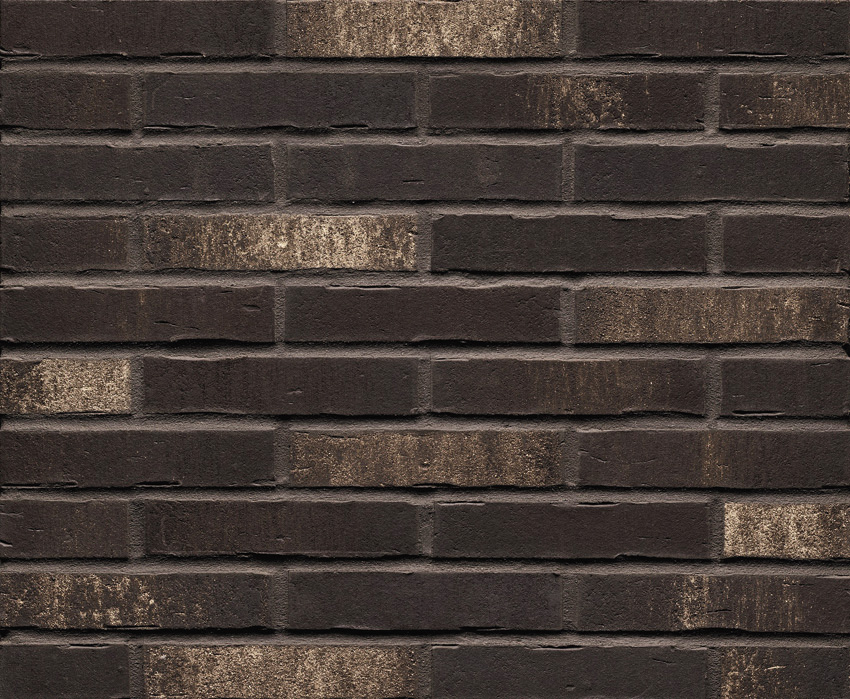

The two most common means of unlawful entry into a dwelling are through doors or windows, where these are either left open or can be easily forced open. 4.13.1 Physical security of doors and windows Ĭonversions - in the case of conversions, as specified in regulation 4, the building as converted shall meet the requirement of this standard (regulation 12, schedule 6). Information on the scheme can be found online at. As ‘Secured by Design’ is assessed on a site-specific basis, the police can also offer recommendations on appropriate additional measures in areas where the risk of crimes, such as housebreaking, are considered greater.

‘Secured by Design’ accreditation considers site design and layout as well as physical security measures and offers a more comprehensive solution than those physical provisions set out within this standard. ‘Secured by Design’ is the established police initiative to design out elements within development that may contribute to housebreaking and other crimes. Lighting within the common areas of domestic buildings and access control systems to common entrances (Standard 4.6)Įnsuring security measures do not adversely affect means of escape (Standard 2.9). Lighting of common entrances and dwelling entrances (Standard 4.1) Guidance to other standards is also relevant to promoting a more secure environment as follows:

However basic measures to improve the physical security of dwellings, including robust specification of doors, windows, glazing and locks, can act deter the opportunist thief.

This is an increase on the same response in 2000 and is double the proportion of households who were actually victims of housebreaking in preceding years.Īs almost half of the recorded incidents of housebreaking occur when a property is occupied, it is not surprising that housebreaking is rated amongst the crimes that cause people most concern and worry. The 2003 Scottish Crime Survey identified that one in ten people consider it ‘very’ or ‘fairly’ likely that their home would be broken into within the next twelve months. Whilst police statistics show signs of housebreaking decreasing since 1999, people’s perception of their likelihood of falling victim to this type of crime continues to increase. This standard applies only to domestic buildings. Every building must be designed and constructed in such a way that doors and windows, vulnerable to unlawful entry, can be secured to deter housebreaking and protect the safety and welfare of occupants.


 0 kommentar(er)
0 kommentar(er)
